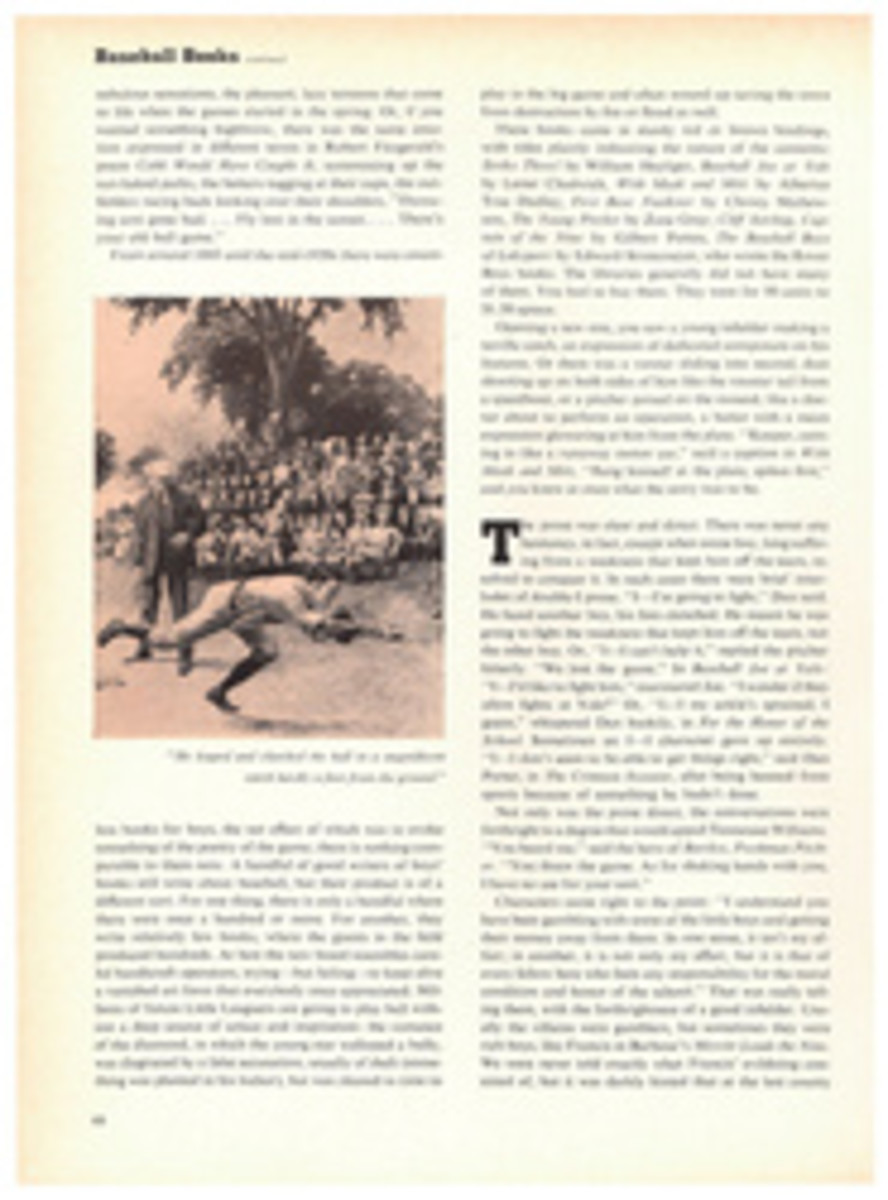
IT'S ONLY A PAPER HOUSE
But this new dwelling, on the edge of a real live sea, is versatile and surprisingly durable. Please turn the page to learn how to assemble and live in a Paradome
Portable Comforts of Home
Checking into a Detroit airport for a jet flight one day last fall, an industrial designer named Bill Moss placed a flattish, oblong box on an airline's luggage scale. Six feet long, three feet wide and seven inches thick, the box weighed 80 pounds, just twice his luggage allowance. Accepting the box as baggage, the ticket agent asked out of curiosity what was inside.
"Oh," said Moss airily, "it's just my house."
In another attitude, Moss's house is pictured on the preceding pages. It is erected on a sugar-sand beach near Sarasota, Fla., and it made the trip from Michigan this time folded up in the back of his station wagon. Such fancy tricks of transport are possible with Moss's house because it is made almost entirely of paper and plastic, exceptions being aluminum tubing that supports the domed plastic roof and wall-length aluminum hinges connecting its 13 fold-up panels. Spacious and light inside, strikingly handsome outside and a marvel of practicality and semiper-manence, the paper house—unfolded from its carton—can be set up by two people in about 20 minutes. As a sort of cross between a tent and a cabin, it will sleep two comfortably, four adequately and, provided they're good friends, six snugly. Moss thinks his creation will last eight years, depending on how hard it is used.
Called the Paradome by its manufacturer, Outdoor Fibre Products of Chelsea, Mich., the house was developed by Moss in his design studios in Ann Arbor, Mich, while he was working on similar portable shelters (e.g., field hospitals and headquarters) for the Army Quartermaster Corps. A camper and fisherman himself, he saw its possibilities as a vacation house, and will have it on the market at about $300 early this summer. (Once Moss and his associates got started working with paper and plastic they couldn't stop. They have also designed—as the photographs show—a catamaran with a paper sail, a $40, 15-pound ice fisherman's shanty, a $5 doghouse, an assortment of paper birds and animals to transmogrify little children and a selection of paper birdhouses. All but the boat are either in production or already on sale. The birds, says Bill Moss, like paper houses fine.)
In the man-sized paper houses the weatherproof walls are stiff panels of -inch plastic foam bonded between heavy sheets of plastic-impregnated kraft paper. The result, says Moss, is no longer either paper or plastic but a new material altogether. Light and air are admitted through four plastic screened windows and a door. The umbrellalike aluminum roof frame is fitted into sockets in the side-walls, and a nylon cord threaded around the inside perimeter of the house is tightened on a small winch, drawing the whole thing ingeniously together. The tension of walls and roof working against each other keeps the house rigid. A white translucent plastic cover is spread over the roof frame and snapped into place. The house is so strong it has supported two feet of snow on its roof. It has withstood windstorms that have carried off tents.
Accessories now being developed will give the house a more finished look and more livable aspects. They include a solid-wall room divider, folding wall shelves, a plastic ground cover, a plastic kitchen counter and an outside canopy to soften the Paradome's angles. (Happily, Moss vetoed the manufacturer's suggestion that they offer an optional interior printed with a knotty-pine motif.)
While there is no argument that a plastic-and-paper house costs more than a good-quality tent with the same floor space (123 square feet), it has certain clear advantages over canvas. The material of the walls will not rot or mildew, the plastic foam inside the sidewalls effectively insulates against summer heat and winter cold, and the house is far less oppressive than most tents. For its size, it is just as easy to set up.
The idea may offend the outdoor purist, but once mass production brings the cost of the Paradome within reach of even the casual camper, as Moss thinks it will, roughing it and all the comforts of home will be almost synonymous.
PHOTO
PHOTO
PARADOME'S UTILITY is increased by folding counter and shelves, and its bright interior can be livened up by colorful furnishings.

